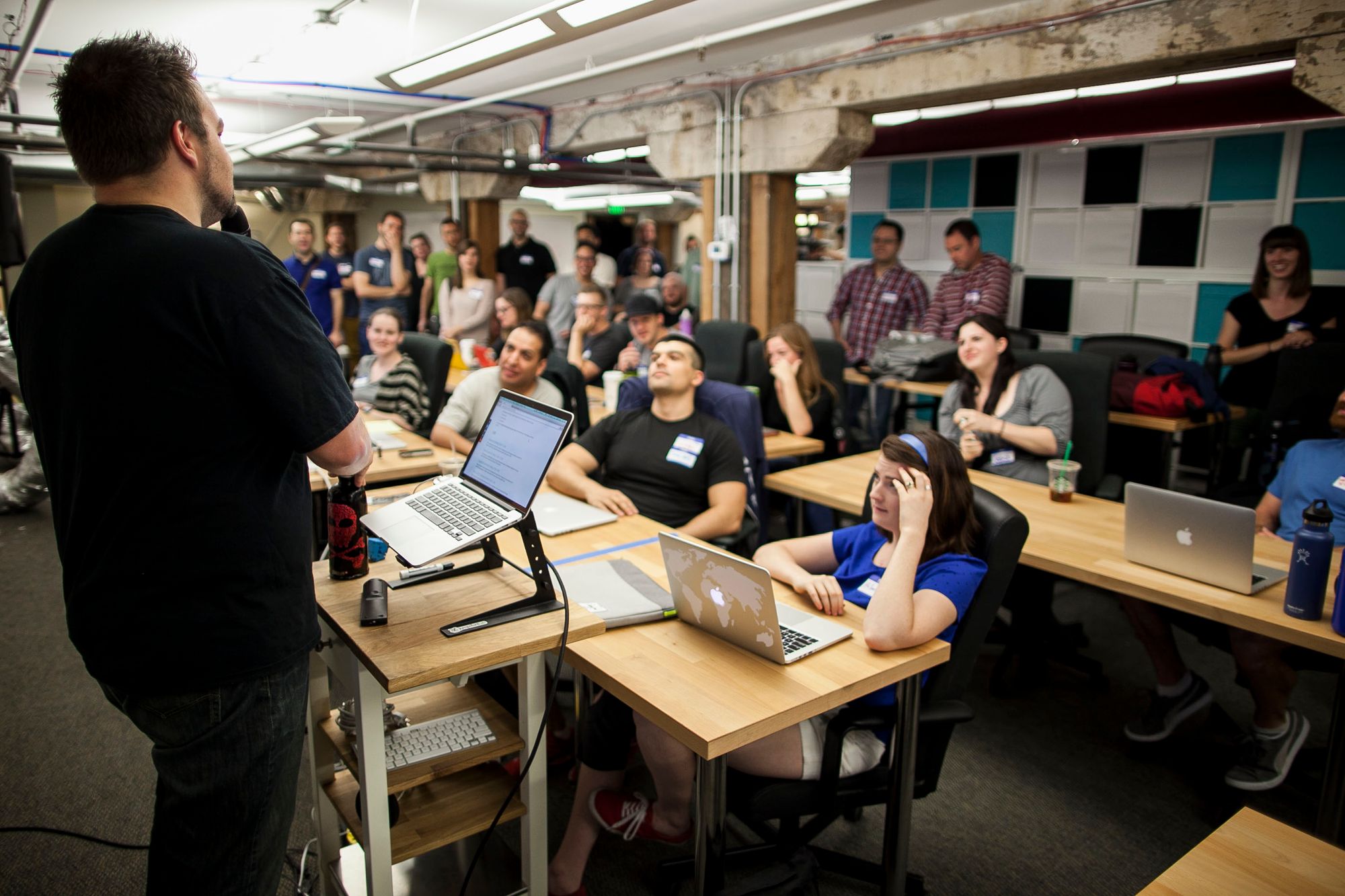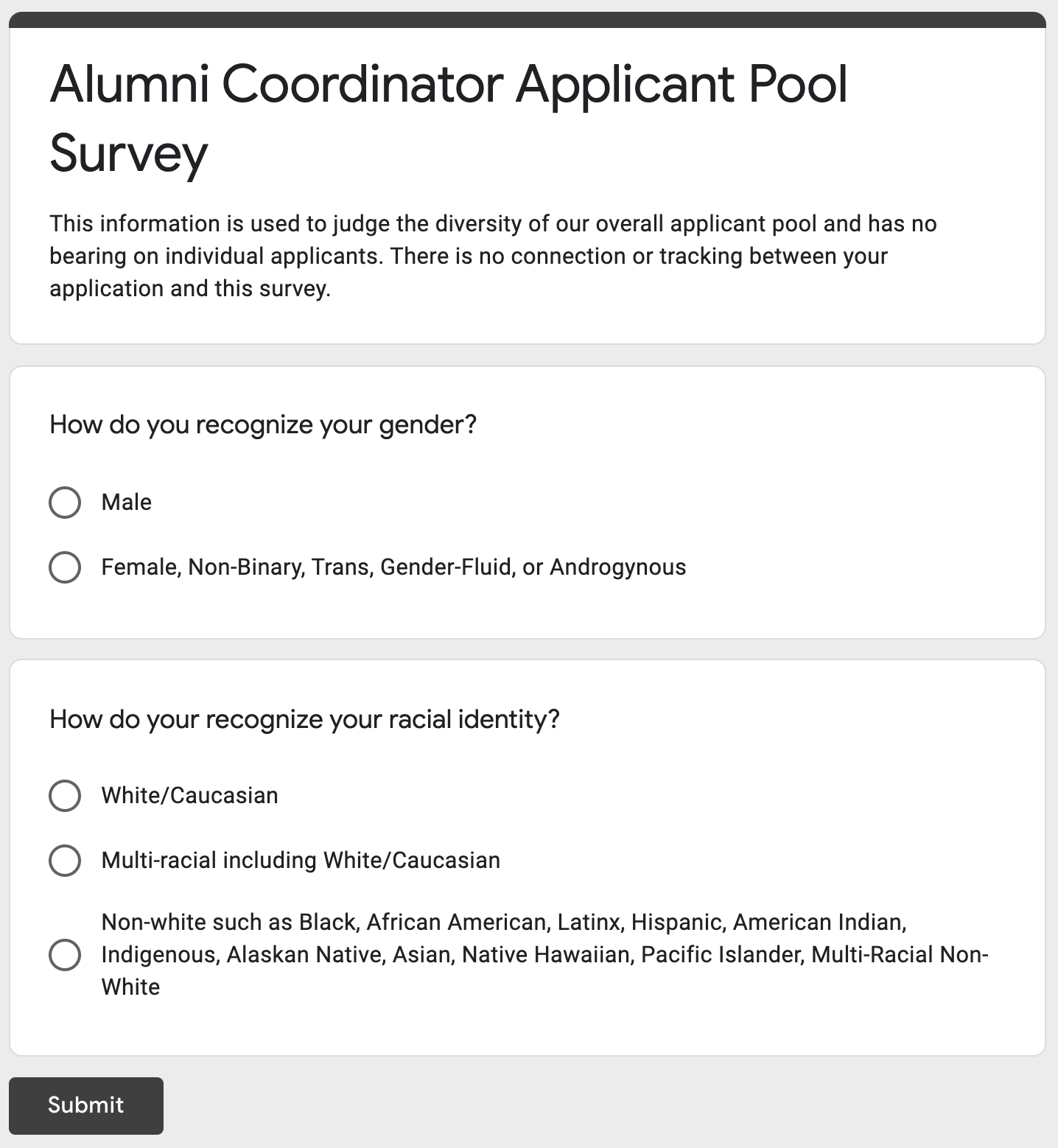Hiring Equity: Pool Building
Just hiring people you know isn't a sustainable approach if you want to bring in a diversity of perspectives.

Yesterday I started unpacking the hiring process by looking at why a vague job description creates an inside/outside split in your applicants. Today, let's talk about pool building.
When I was starting out a decade ago, the only viable way I had to recruit team members was to DM people on Twitter or post on a Facebook group. Spending a few hundred dollars on a job site didn't seem like a smart use of money. It was the spearfishing approach to hiring – and it worked out. Friends like Matt Yoho, Katrina Owen, Lynn Webber, Jorge Téllez, Josh Cheek, Steve Kinney, and Rachel Warbelow helped get all these efforts rolling.
Just hiring people you know isn't a sustainable approach if you want to bring in a diversity of perspectives. Eventually, we started building our own job descriptions and posting them more publicly. We'd get some good applicants and pick one to hire. Sounds simple enough!

However, it started to bug me that we were really leaving things up to chance. The applicants we'd get were mostly friends-of-friends, just one step removed from our existing people. It'd take intentional work to build a diverse pool.
I hate creating rules that limit what we can do, but I enjoy making rules that push us. Essentially, we want to put structures in place to try to make the lazy/bad choices more painful, in order to make the hard/good choices more likely. I conferred with Rachel Martinez, our General Counsel, and wrote the Diverse Recruitment Pool Policy:
Diversity, equity, and inclusion are at the core of Turing’s organizational values. To ensure a diverse pool of candidates is considered, initial reviews and phone screens will not begin until optional applicant self-reporting demonstrates that the pool is, at a minimum, made up of 30% people of color and 30% non-male applicants.
Is that legal? You can't ask anything about race and gender in hiring, right? Wrong.
This information will be collected via a separate anonymous electronic form sent after the application is received. This anonymous electronic form will be collected by an employee that is not involved in the interview process for new candidates. Once the data from the anonymous form indicates that the above percentages of pool diversity are reached, the hiring team will be notified that the screening and interview process may begin for the new position.
The applicant sends their application to the hiring manager. The manager sends the applicant an acknowledgement of receiving the application and a link to the optional demographics survey. If the applicant chooses to fill it out, the results go to Rachel who runs our HR processes. She is then in charge of tabulating the responses and, only when the pool requirements are met, she informs the hiring manager that we can begin interviewing candidates.
The intention of this process is to push our recruitment efforts – not just waiting for random candidates, but making sure the posting is shared to diverse audiences. The survey itself has just two questions:

Almost every applicant has filled out the survey since we started using it.
Last summer I knew the process was working – not because of the great candidate we found, but because of the one we lost. With all the stresses of 2020 we hadn't done enough outreach work to build a great pool, but a star candidate showed up anyway. "We need to just interview them" was the reasonable reaction. We didn't.
We went back to building the pool to meet our expectations. And, by the time the pool was unlocked, the star candidate had accepted another job. The policy was in our way and made us lose a good person, but it was because we didn't do what we knew we needed to do. Make the bad choices painful and, next time, you'll make the right choice.
Right now we're building a candidate pool for the new Alumni Engagement Coordinator position. Come join our team!
I’m Jeff Casimir, the founder and Executive Director of the Turing School of Software & Design. I'm ready for it to stop snowing.
This article was written with review and edits from Erin Williams and Allison Reu Singer. Header image courtesy of Steve Halama.

